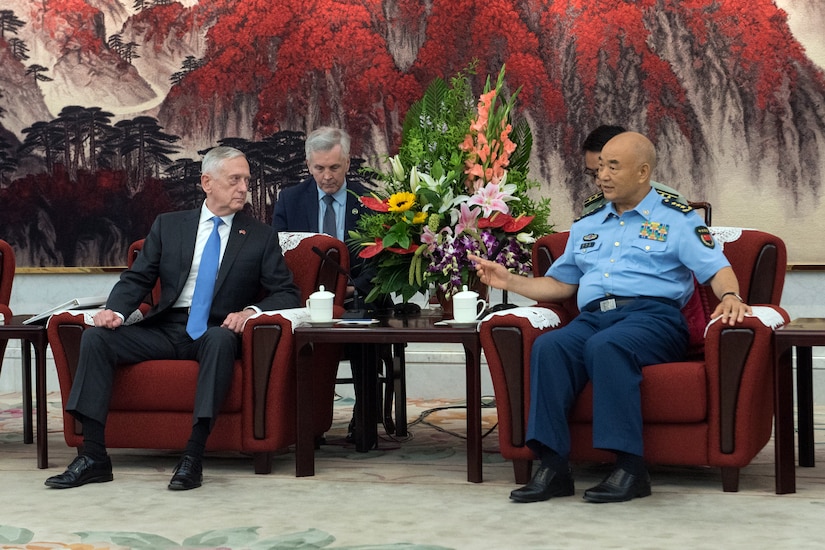By Air Force Master Sgt. Luke Johnson, Air Force Reserve
PHOENIX -- Two Air Force reservists credit the success of
their relationship to positive attitudes and continual communications, even as
they have endured several geographic separations.
Air Force Tech Sgt. Dawn Gettys met Tech Sgt. Cazavia Henley
during a deployment in 2009. Gettys was based at Wright-Patterson Air Force
Base, Ohio, and Henley was based at what was then Pope Air Force Base, North
Carolina.
“It was a long-distance [relationship] for a good two to
three years, which was hard because when she deployed [again, to Afghanistan in
2012], I was not there when she left or got home,” Gettys said.
The couple is now serving together at the 445th Security
Forces Squadron at Wright-Patterson. Both airmen are preparing for nearly
simultaneous deployments to separate locations. The women primed for their
separation by attending training here hosted by the Air Force Reserve Yellow
Ribbon Reintegration Program, which promotes the well-being of reservists and
their loved ones by connecting them with resources before and after
deployments.
‘I Depended On Her’
“I’ve never seen [her] leave and me having to take care of
the home, so I don’t know what that is like,” Henley said. “Sometimes, I’m
upset because I don’t know what that is like because she had to take care of
everything while I was gone; she … sent me care packages and I depended on her
so much.”
Henley said spouses of service members often single-handedly
take care of the day-to-day business at home during a deployment, developing
their own routines apart from how their deployed spouse might do things.
“When we are deployed, we don’t have amenities, but our
spouse [is] taking care of home, and sometimes their amenities are gone as well
because they don’t have any free time because they are taking care of bills,
kids, pets,” Henley said.
The reservists agree that, as a dual-military couple within
the same professions, they understand each other’s service and what they both
have to deal with while deployed.
“So that makes it easier for us as we know what each other’s
job is while deployed, and what we go through during a deployment,” Gettys
said.
The Yellow Ribbon event provided the couple with a wealth of
resources and also a sense of community with other reserve airmen and their
loved ones, they said.
“I know so much about the deployed side. [Now] I’m learning
about the key spouse part,” Henley said. “Right now, I’m not looking at this
[training] as a deployed member. I’m looking at it as if [only] she is
deploying.”
A Sense of Family
While apart, they plan to communicate with one another and
address any challenges with open conversations and mutual support.
“We are very old school,” said Henley. “During every
deployment, we have written letters and postcards to each other every day.”
Gettys and Henley both said they are grateful of all the
support that they have received from their unit and fellow reservists.
“You are not alone,” said Henley. “When you marry a service
member you, just gained a whole other family. You never leave an airmen behind,
no matter what.”
Celebrating its 10th anniversary in 2018, Yellow Ribbon
began following a congressional mandate for the Defense Department to help
members of the reserve and National Guard forces to build resiliency as they
transition between their military and civilian roles. Each year, the Air Force
Reserve’s Yellow Ribbon program trains 7,000 reservists and those closest to
them in education benefits, health care, retirement information and more.








